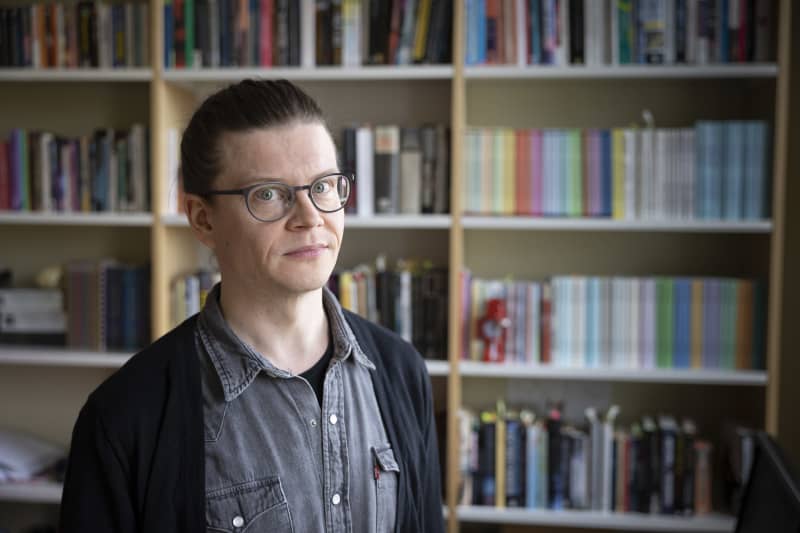Since Frankenstein’s monster, science fiction has dealt with humanity and society through conscious machines. At the same time, we have been struck by the idea of \u200b\u200bconscious artificial intelligence.
Numerous stories have been written about machines that have achieved consciousness. Sometimes the machine turns against people, like the Terminators controlled by the Skynet data network or the HAL 9000 artificial intelligence, and sometimes it helps people, like RD-D2 from *Star Wars* or Data from *Star Trek*. Somewhere in between there are replicas of *Blade Runner*.
Western people have not had to read a single page of a science fiction book or watch a single sci-fi movie to have some kind of idea about a conscious robot.
– Everyone knows Frankenstein.

The digital world is saturated with sci-fi
Artificial intelligence has become a buzzword in technology circles and beyond. The machine learning models that have developed in a short time and the increase in computing power have enabled applications that feel like *sci-fi*. A great example of this is the ChatGPT application developed by the artificial intelligence company OpenAI, with which anyone can have conversations.
So it’s no wonder that when talking about artificial intelligence systems, the question of the machine’s consciousness comes up more and more often. A conscious machine if anything is *scifi*.
– Especially with digital technology, when we only see its surface, our imaginations guide how we work with it. If we think that it is a threat learned from sci-fi books or a miracle worker, then both imaginations guide us, says Roine.
This is what happened to a Google engineer last spring, who became convinced that the artificial intelligence developed by the company had achieved consciousness. The engineer, who was later fired, was so convinced of AI’s awareness that he even got its own lawyer. An AI lawyer is… well, *sci-fi.*

Artificial intelligence is a mirror of humanity both in art and in life
Science fiction doesn’t really offer perspectives on this very moment. To the moment when some people start to consider artificial intelligence conscious. In science fiction, the machine is often already conscious.
– They don’t think about how complicated it is to say something consciously, Käkelä points out.
According to Käkelä, in old stories it is often unclear how an artificial intelligence or robot is conscious. They jump directly into a situation where the artificial intelligence is already a conscious actor among other characters. On the other hand, defining consciousness is also difficult in real-life science.
Instead, sci-fi often focuses on thinking about humanity, morality and social issues through robots. Käkelä brings up *Frankenstein* again, which deals with the effect of society on humans in the spirit of behaviorism.
– That creature becomes a mirror of humanity, society. It will be bad because humanity is bad, says Käkelä.
A similar growth story was experienced by Microsoft’s Tay chatbot, whose purpose was to develop in interaction with real people. People on Twitter reacted to Tayh the way people reacted to Frankenstein’s creature in Shelley’s book. Within a day, Tay became a misogynistic racist.

Sci-fi is a mirror of its time
Science fiction has always been a mirror of its time. At the beginning of the 20th century, technological development appeared as hopeful stories about the future of humanity. In the 1950s, the fear of the destruction of humanity caused by the nuclear bomb began to shine through the stories.
Equality and equal human rights have accompanied almost the entire existence of the art form.
At the moment, questions about emotions and who is responsible for them are on the surface.
– In modern science fiction, the question of emotions is related to whether those emotions are my own or whether they are programmed by someone else, Roine says.
With the help of this theme, we consider to what extent a person’s emotions can be controlled by him and to what extent they are determined by genes or biology. According to Roinee, stories often highlight the fact that things always have a social and societal context.
This is different from golden age science fiction, which was written thinking that it was possible to create natural science models that could predict how things would turn out. This is the science fiction that inspired many of today’s artificial intelligence systems.
However, reality is closer to modern sci-fi.
